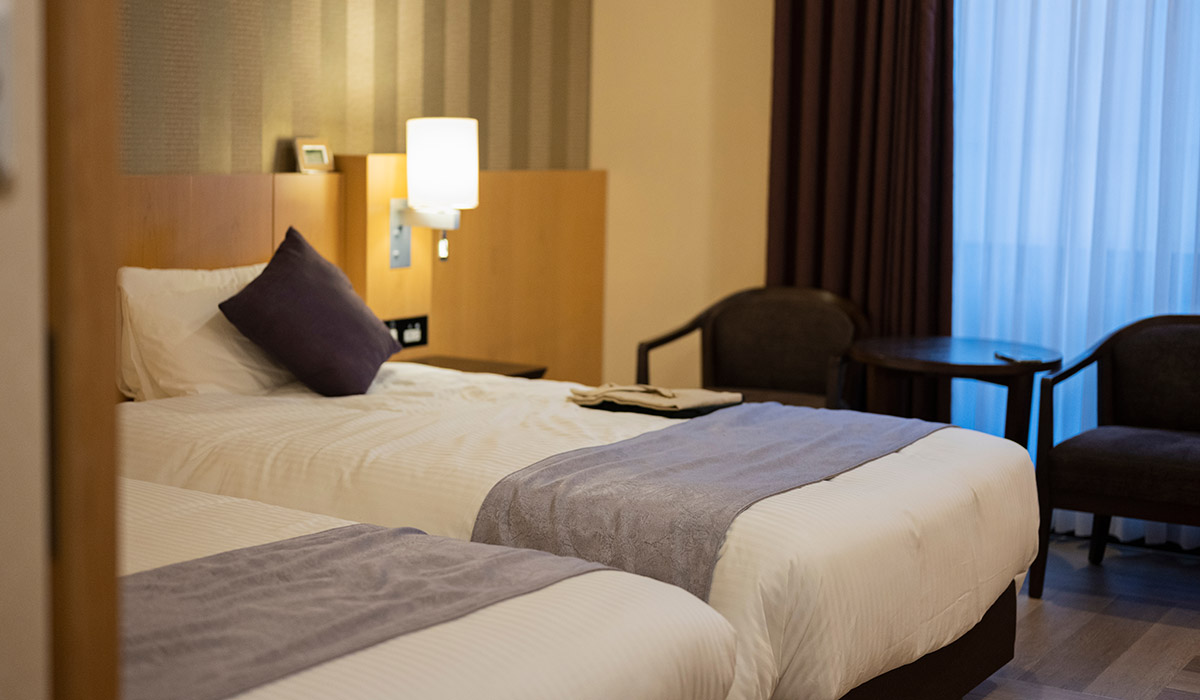August 18, 2025
Hotel Room Supply Stalls in Regional Areas

Urban Growth vs. Rural Decline
Japan’s 2024 hotel room supply shows a widening gap between major cities and rural regions. According to the Japan Tourism Agency’s Accommodation Travel Statistics Survey, nine prefectures, including Fukushima, will have fewer guest rooms than before COVID-19. While Tokyo and Osaka approach full capacity, demand in regional areas remains weak.Nationwide, the total number of available rooms is projected to reach 680 million in 2024, up 1% from last year and 14% above 2019 levels. After a pandemic-induced decline, hotel development has rebounded alongside recovering inbound tourism. However, rural prefectures in Tohoku, Chugoku, and Shikoku continue to see declines—Fukushima down 22%, Shimane down 9%—due to slow demand recovery and the lasting effects of closures and bankruptcies.
Concentrated Tourism and the Road Ahead
Foreign overnight stays underline the imbalance. In 2024, Tokyo, Osaka, and Aichi are expected to record 86.1 million foreign stays, up 70% from 2019, while other areas will see only 20% growth. Professor Hisao Yoshimura of Teikyo University points to limited recognition of regional destinations and underdeveloped transport infrastructure as key barriers.The government aims to attract 60 million visitors by 2030, making tourist dispersal a priority. APA Group reports occupancy rates of 90–100% in the three largest cities, suggesting little capacity for further urban growth. Experts stress that rural revitalization will depend on promoting unique local experiences, fostering inter-regional cooperation, and developing linked tours that encourage travelers to explore multiple destinations. Such efforts would ease urban crowding while creating jobs and supporting local economies.








